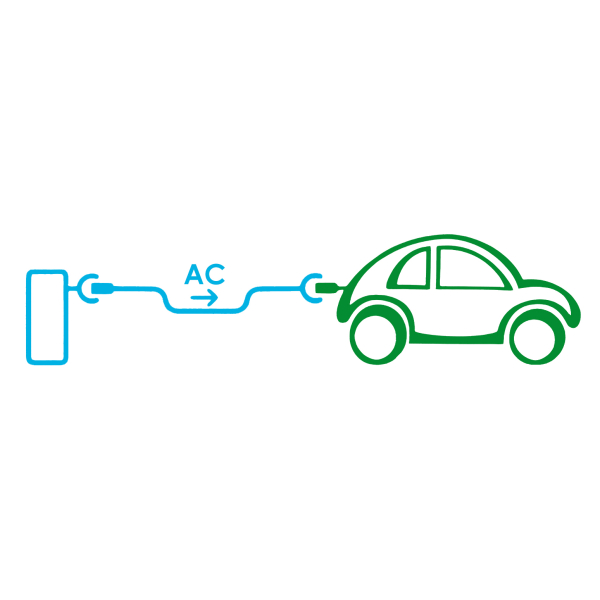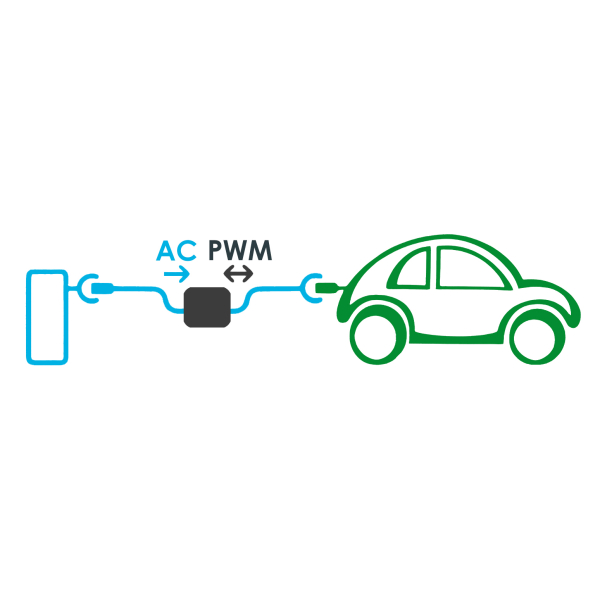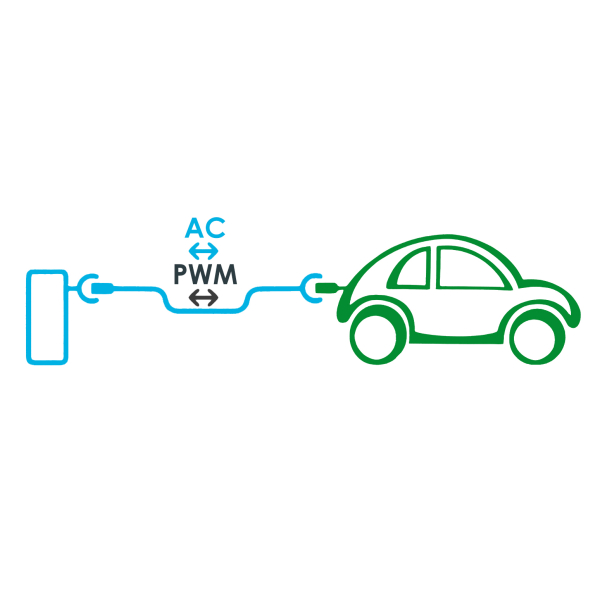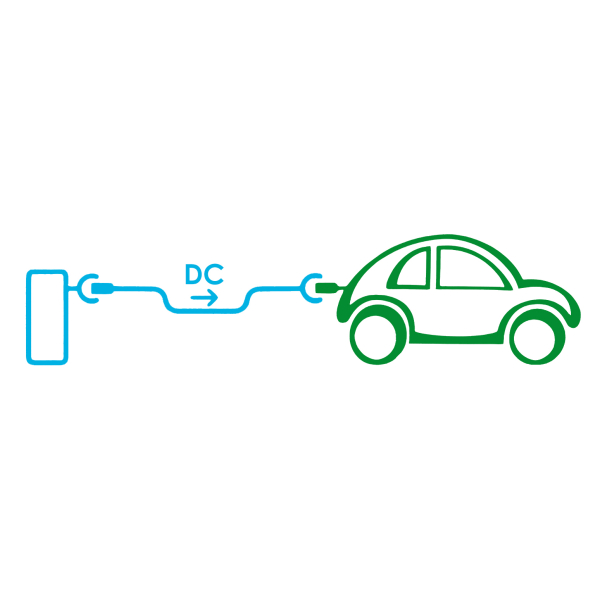
Only single-phase up to 16A, mainly used on light vehicles. It is available in connector, socket and plug modes.

Only single-phase up to 32A. It meets American and Japanese standards. It is available in connector and inlet mode.

Single/three-phase, up to 32A (63A in connector and inlet mode). It is the European standard. It is available in socket, plug, connector and inlet modes.

Connection standard for DC charging, made according to the Japanese standard. It is available in connector and inlet mode.

Connection standard for DC charging, made according to the US (CCS1) and European (CCS2) standards. It is available in connector and inlet mode.
Any manufacturer of electric vehicle charging systems (or EVSE) has two specific standards as a reference:
- IEC/EN 61851-1 and 3. – This standard refers to and regulates the electrical safety and communication mode by which any electric vehicle communicates with charging infrastructure. It specifies the protection devices, the charging control signal, the quality of the charging control signal, as well as the relevant conformance tests to qualify the charging system.
- IEC/EN 62196 – This standard qualifies and gives specific indications about the physical means (connectors) by which an electric vehicle connects to charging infrastructure and also gives diagrams for the relevant conformance tests.
These two standards, in turn, refer to other non-specific but equally necessary regulations (switchboard and protection regulations, cable regulations, etc.)
There are several other standards to which charging infrastructure adhere that are more vertical in relation to specific products:
- IEC/EN 61850-90-8 – For networked and centrally managed charging systems, this specific standard defines the necessary methods and protocol standards for communication (OCPP, see the acronyms slide).
- ISO 15118 – This specific standard, applicable to automotive and charging infrastructure, defines standards and protocols for digital communication between compliant (and enabled) vehicles and infrastructure (specifically designed to enable digital communication).
These two additional standards are not, strictly speaking, mandatory for vehicle charging, but they are, nevertheless, the starting standard for DC charging stations, which will be discussed later.




